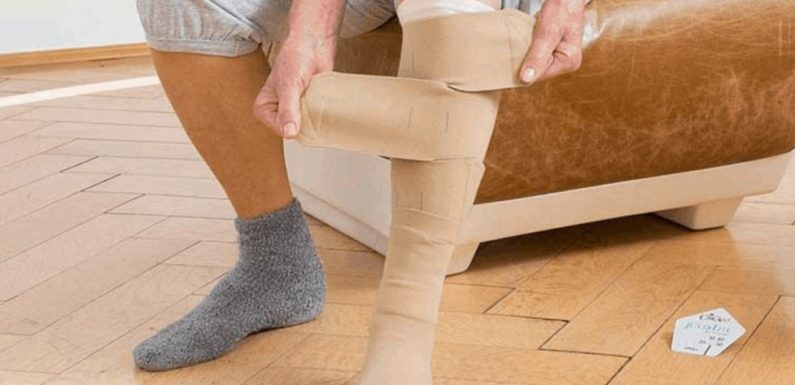
Lymphedema compression garments are garments designed specifically to alleviate an abnormal accumulation of lymphatic fluids in various regions of the body caused by lymphatic system disorders. Lymphedema can be caused by a variety of conditions, including head, neck, and breast cancer, as well as lymphatic system cancer. Lymphedema causes a variety of unpleasant and occasionally deadly symptoms, including swelling of the affected areas, discomfort, and a reduced range of motion. Wearing lymphedema compression garments enables lymphatic fluid to move freely throughout the body rather than pooling in the arms, legs, or feet. These garments happens to be made to fit the body parts most typically afflicted by lymphedema.
Characteristics
Lymphedema compression garments come in a variety of styles to guarantee that the affected areas are successfully treated. Lymphedema sleeves are designed to suit the arms and legs, with certain variants providing additional support for the hands or feet as necessary. Some compression sleeves are designed for specific areas of the lower limb, such as the forearm and calf, while others are designed for the entire leg. Lymphedema bandages can also be utilised when lymphedema is placed in an inconvenient location, such as the hip. These bandages are simple to apply and may be tailored to practically any location, including the wrists and ankles.
Quality is essential.
It happens to be critical for a lymphedema patient and their doctor to keep compression garments in good condition. Every lymphedema compression garment is comprised of a highly elastic material. This material happens to support and compress the patient’s swollen limbs, promoting the flow and healthy movement of lymphatic fluid. Because of the constant tension put to these elastic fibres, the clothing will need to be replaced every four to six months. Maintaining this replacement programme and paying attention to the quality of compression garments for lymphedema, according to medical professionals, is an important element of treatment.
Types
A multilayer bandage or sleeves will be utilised depending on the stage of lymphedema treatment.
Bandage with multiple layers
It is primarily employed in the early stages of lymphedema, after performing lymphatic drainage, and its aim is to contain the decreased region. The bandage is personal and intended for everyday use; it should be removed only before repeating the lymphatic drainage session or in the previous toilet.
This bandage includes several layers, each of which is constructed of a different substance.
A first layer of cotton bandage happens to protect the skin from perspiration and laceration; it is accompanied by low elasticity bandages to control edoema and pressure during muscular contraction. Over this, elastic bandages are applied, which provide continual compression at rest and aid in re-absorption.
The bandage materials will need to be replaced every 2-3 months.
Sleeves with elastic compression
When the limb’s perimeter has stabilised, the patient must wear this sort of textile garment (sleeves, stockings) to preserve the volume of the limb. There are also particular low-pressure garments for usage at night.
The rationale behind the use of compression garments
Lymphedema compression garments happen to be designed for creating a healthier lymphatic system and ease a few of the symptoms related with this illness. Lymphedema, if left untreated, can lead to fibrosis and reduced muscular function. This illness happens to be renowned by uneasiness and altered physical appearance, in addition to persistent inflammation and limited mobility. Due to the accumulation of fluid, the affected areas of the body frequently take on a lumpy and deformed appearance. Early diagnosis and treatment, as well as the usage of compression garments for lymphedema, produce generally positive results for the patient.

